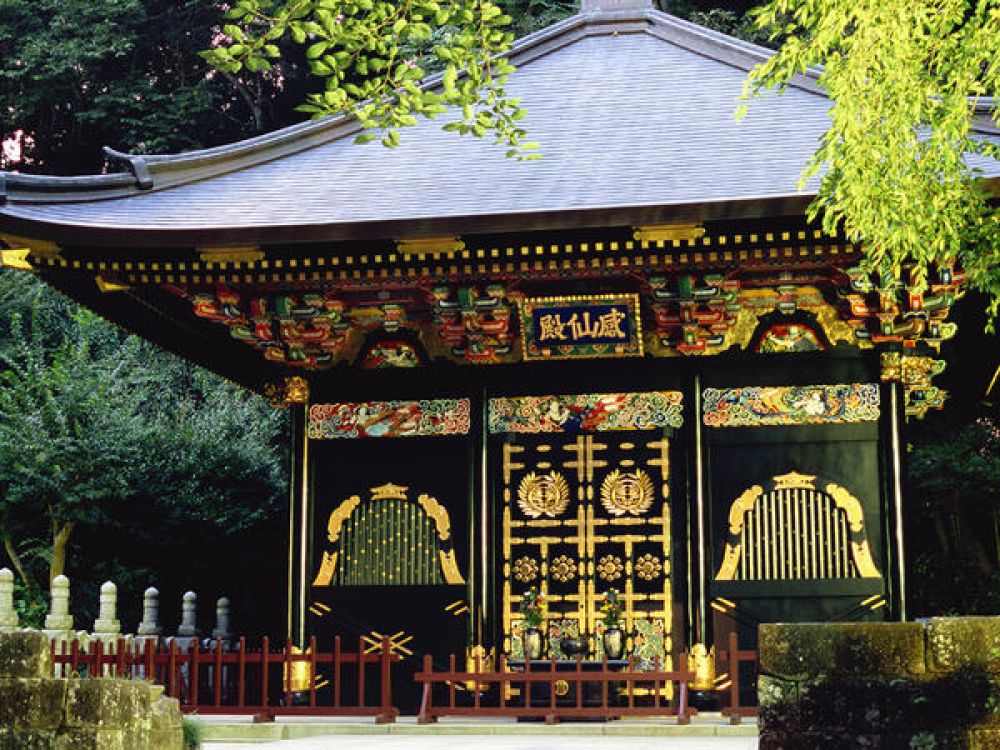

The Zuihoden Mausoleum is the final resting place of Date Masamune, one of the most powerful feudal lords of the Edo period in Japan. Located in Sendai, the capital city of Miyagi Prefecture, Zuihoden stands out for its intricate woodwork, vibrant colors, and the serenity of the surrounding cryptomeria forest. It exemplifies the gorgeous architectural style of the Momoyama period and carries immense historical significance for the region and Japan as a whole.
Tourism at Zuihoden Mausoleum traces its roots back to the early 20th century when the mausoleum was designated as a National Treasure of Japan in 1931. However, the original Zuihoden, built in the early 1600s, was tragically destroyed during World War II. It wasn't until 1979 that the mausoleum was meticulously reconstructed using traditional techniques to restore its former splendor, thus marking a significant resurgence in its tourist appeal.
Since its reconstruction, Zuihoden has attracted history enthusiasts, cultural tourists, and those captivated by its artistry, keen to explore the legacy of the Date clan. The mausoleum complex includes the resting places of other members of the Date family, along with a museum that holds various artifacts related to Date Masamune and his time.
The cultural significance of Zuihoden cannot be overstated. Date Masamune, also known as the "one-eyed dragon," was a remarkable statesman and warrior, and his legacy is deeply interwoven with the history of Sendai and the Tohoku region. As an influential figure, he was instrumental in shaping the political landscape of his time, and Zuihoden serves as a vivid embodiment of his power and aesthetic sensibilities.
In recent years, the emergence of experiential tourism has led to a growing interest in immersive cultural experiences among visitors to Zuihoden. People are increasingly seeking authentic interactions and a deeper understanding of the historical context surrounding the mausoleum. As a result, there has been an uptick in guided tours, traditional ceremonies, and cultural events at the site, aimed at providing an in-depth appreciation of its historical and cultural importance.
Much emphasis has also been placed on the promotion of eco-tourism. The serene, tree-shaded grounds of Zuihoden invite visitors to connect with nature while reflecting on the region's past, promoting a sustainable approach to tourism that respects the environment and heritage of the site.
In the digital realm, virtual tours and augmented reality experiences have begun to make inroads, allowing those unable to visit in person a chance to explore Zuihoden Mausoleum and its lavish artistry from afar. Social media platforms have also played a significant role in highlighting the beauty of Zuihoden, with travelers sharing their experiences and images of the vibrant architecture and peaceful surrounding landscapes.
As we look to the future, Zuihoden Mausoleum continues to be a cherished historical destination, inviting tourists from all corners of the globe to step back in time and experience the pomp and pageantry of the Edo period amid the natural beauty of Sendai.